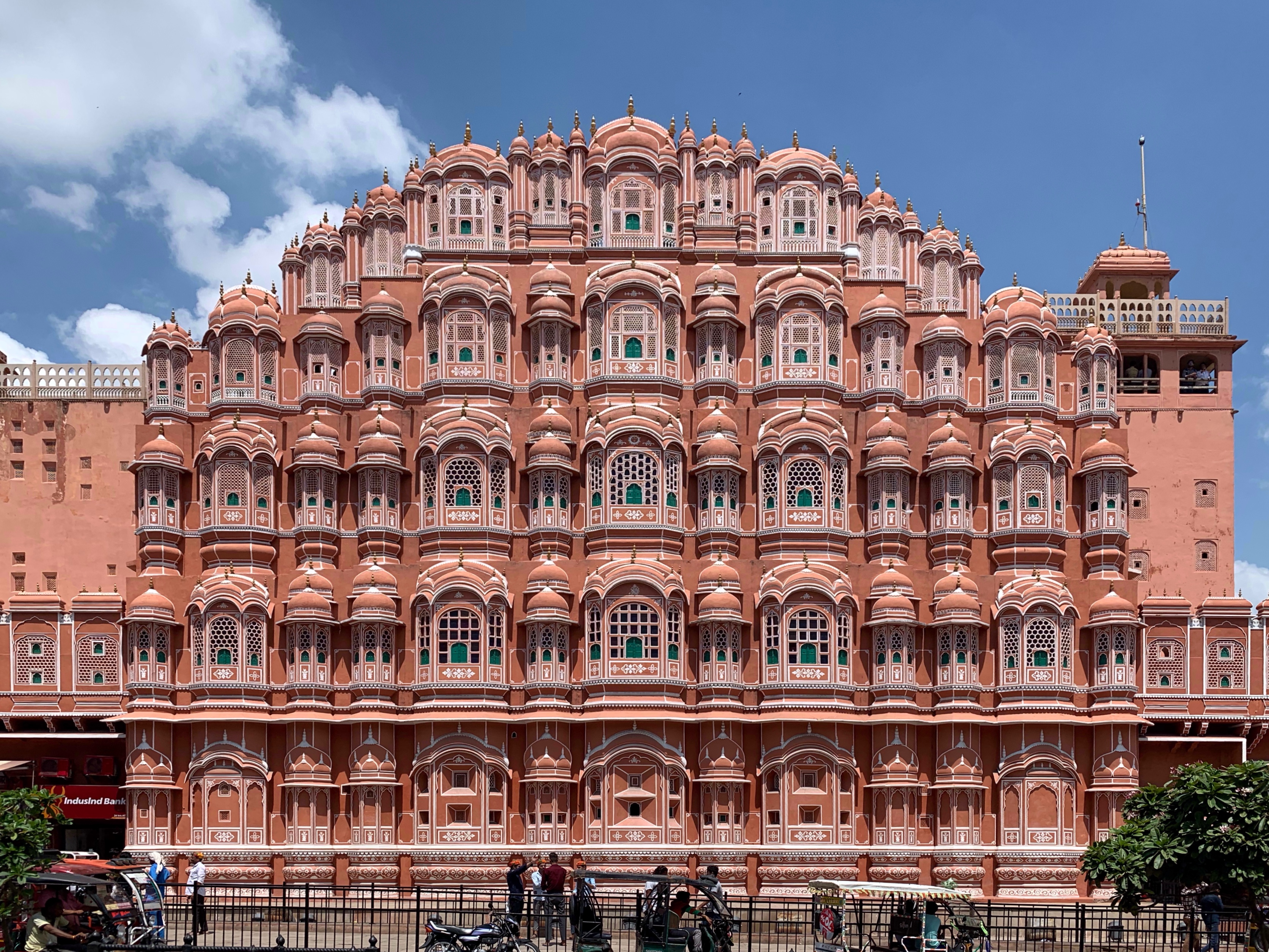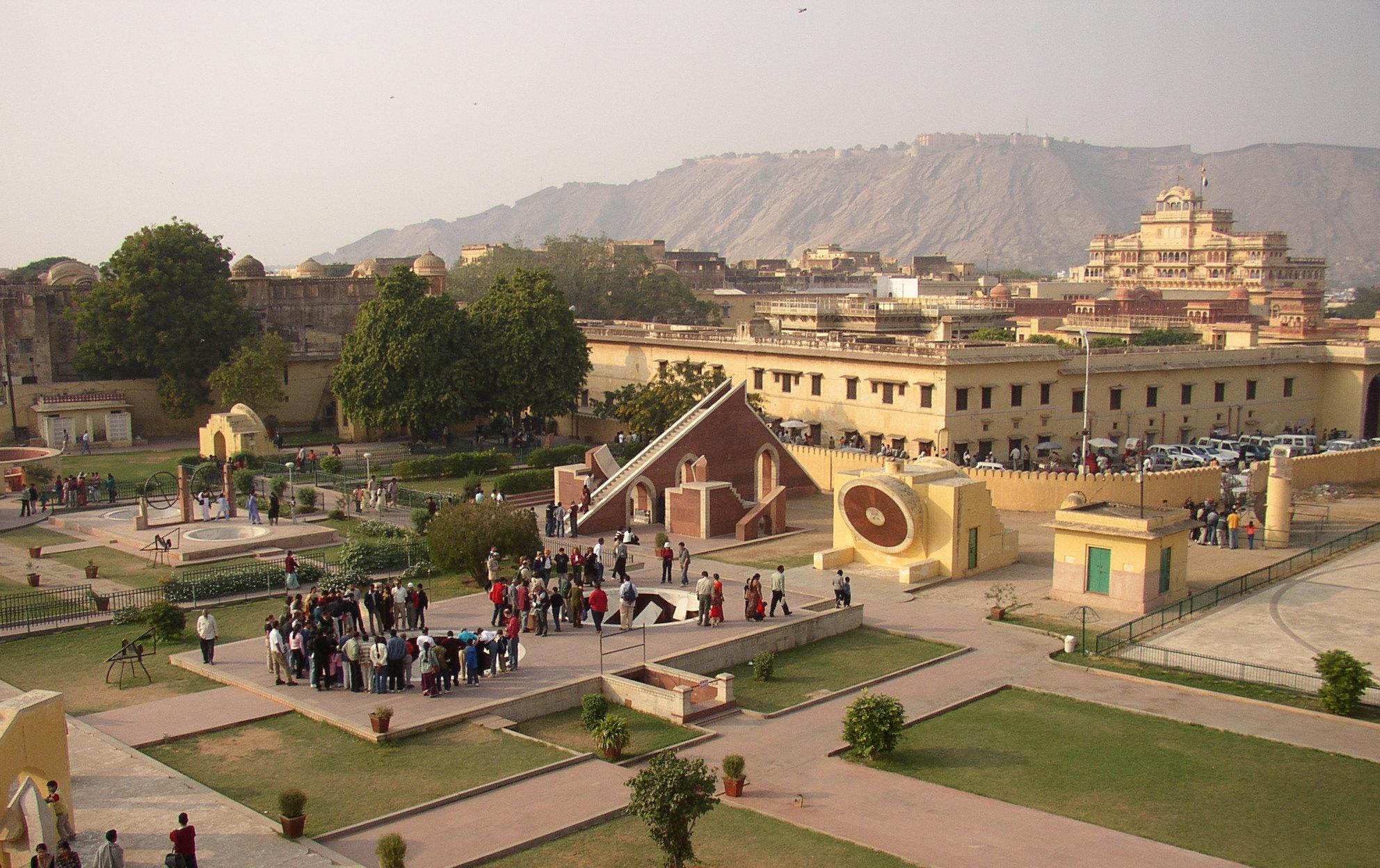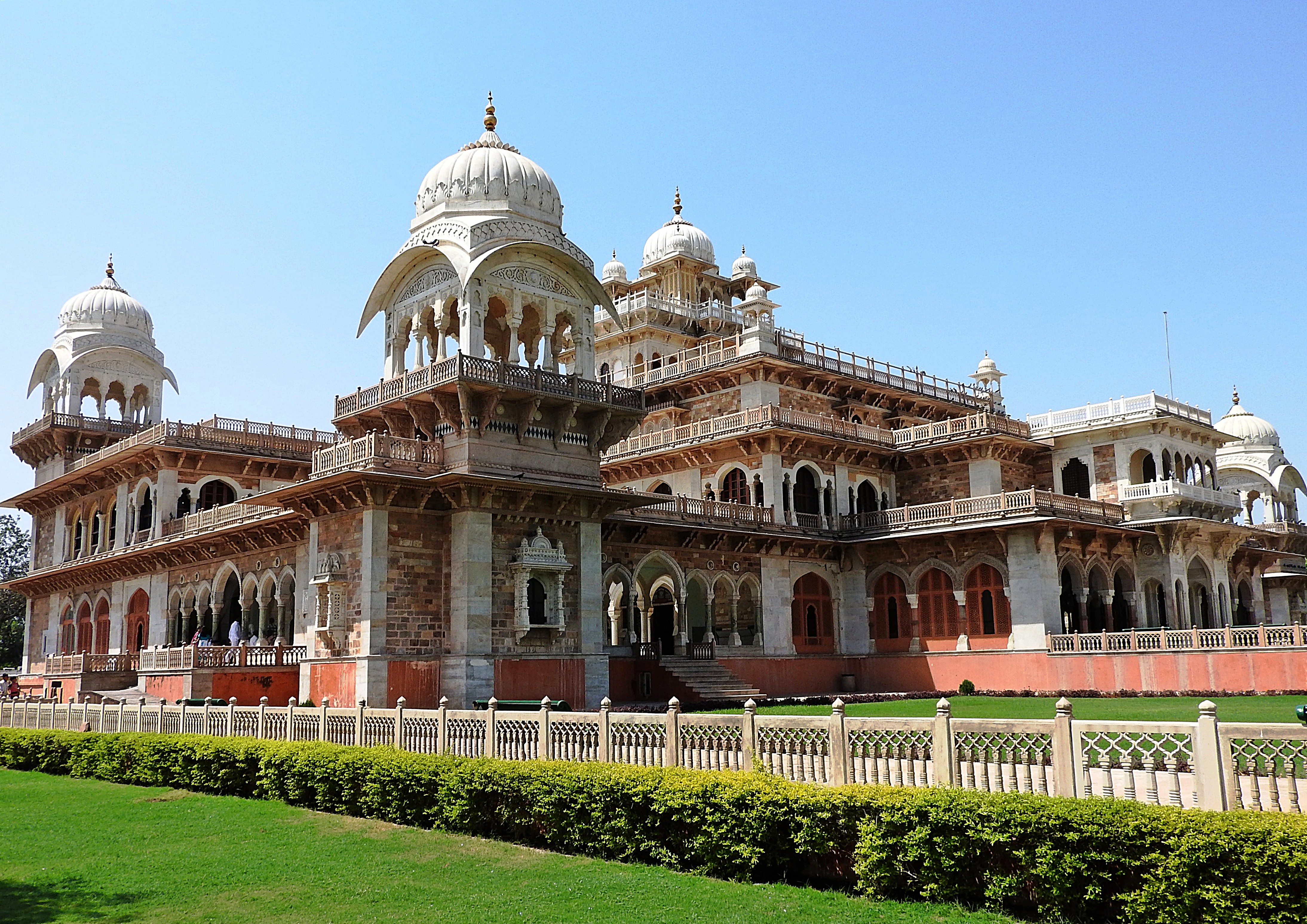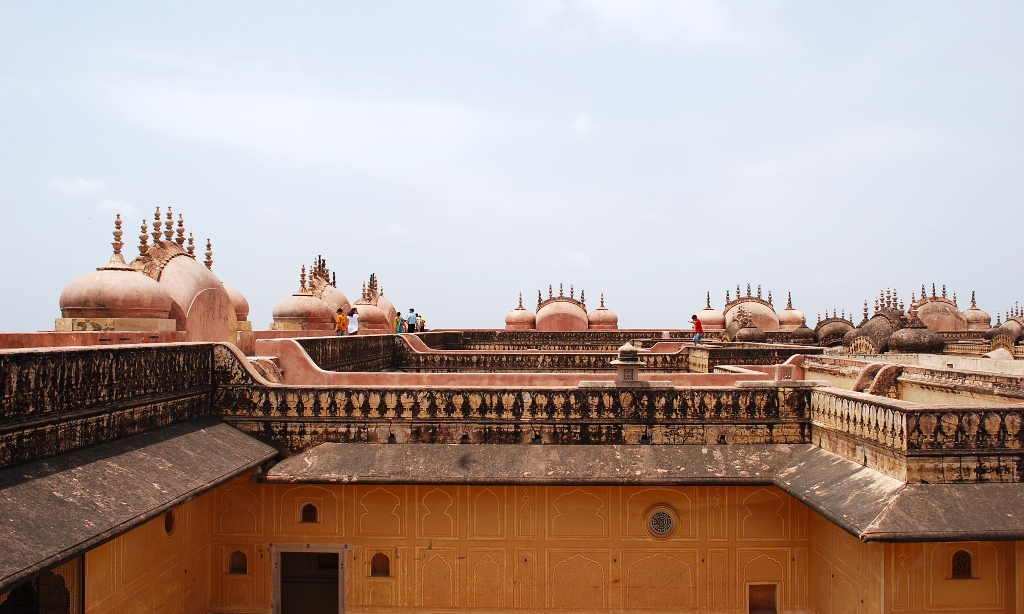Hawa Mahal, the iconic "Palace of Winds" in Jaipur, Rajasthan, stands as a testament to the rich architectural heritage and cultural legacy of India's royal past. Built in 1799 by Maharaja Sawai Pratap Singh, this magnificent structure was designed as an extension of the City Palace, serving a unique purpose that reflected the social customs of its time. The palace was created to allow the women of the royal household to observe street festivals and daily life without being seen, adhering to the strict purdah system. Its distinctive honeycomb-like facade, adorned with 953 small windows or jharokhas, each intricately decorated with latticework, made this possible while creating an architectural marvel.
The genius behind this extraordinary design was Lal Chand Usta, who drew inspiration from the Khetri Mahal in Jhunjhunu. Rising to a height of about 50 feet, the five-story structure represents a brilliant fusion of Rajputana and Mughal architectural styles. The palace's construction using red and pink sandstone not only contributed to Jaipur's identity as the "Pink City" but also demonstrated remarkable engineering prowess. Perhaps most fascinating is that this towering structure was built without a foundation, relying instead on its curved architecture and lime mortar to withstand seismic activities.
The architectural brilliance of Hawa Mahal extends beyond its aesthetic appeal to incorporate sophisticated environmental design principles. The numerous jharokhas create a mesmerizing interplay of light and shadow while facilitating the Venturi effect, providing natural air conditioning in Jaipur's harsh climate. The palace's distinctive pyramidal shape, resembling Lord Krishna's crown, adds a spiritual dimension to its architectural significance and reflects Maharaja Sawai Pratap Singh's deep religious devotion.
Inside the palace, functionality takes precedence over ostentation. Each of the five floors serves a specific purpose, with the top three floors being just one room thick. The ground floor houses the Sharad Mandir for autumn celebrations, while the Ratan Mandir on the first floor features stunning colorful glasswork. The top floor, known as Hawa Mandir, offers breathtaking panoramic views of the city. Notably, the palace was designed with ramps instead of stairs to accommodate the movement of palanquins carrying royal ladies.
Throughout its history, Hawa Mahal has been more than just a building; it has been a silent witness to the evolution of Jaipur and its culture. The palace has played a central role in numerous festivals and celebrations, particularly during the Teej festival, when it transforms into a illuminated spectacle. The structure has inspired countless artists, writers, and filmmakers, cementing its place in popular culture and influencing modern architectural designs across the region.
In recent decades, significant efforts have been made to preserve this architectural treasure. A major renovation project in 2006, undertaken after a 50-year gap, involved careful restoration work with a budget of Rs 4.568 million. The project focused on maintaining the palace's original character while ensuring its structural integrity for future generations. These conservation efforts, supported by both government initiatives and private sector involvement, have helped maintain the palace's historical authenticity while adapting it to meet modern tourism needs.
Hawa Mahal continues to captivate visitors from around the world, offering a unique glimpse into Rajasthan's royal heritage. The palace is particularly stunning during early morning hours when sunlight bathes its pink facade in golden hues. Beyond its architectural splendor, the palace houses a small museum featuring miniature paintings, ceremonial armor, and artifacts that provide insights into royal life. The combination of its innovative design, historical significance, and cultural importance makes Hawa Mahal not just a tourist attraction, but a living testament to the ingenuity and artistic vision of its creators.








